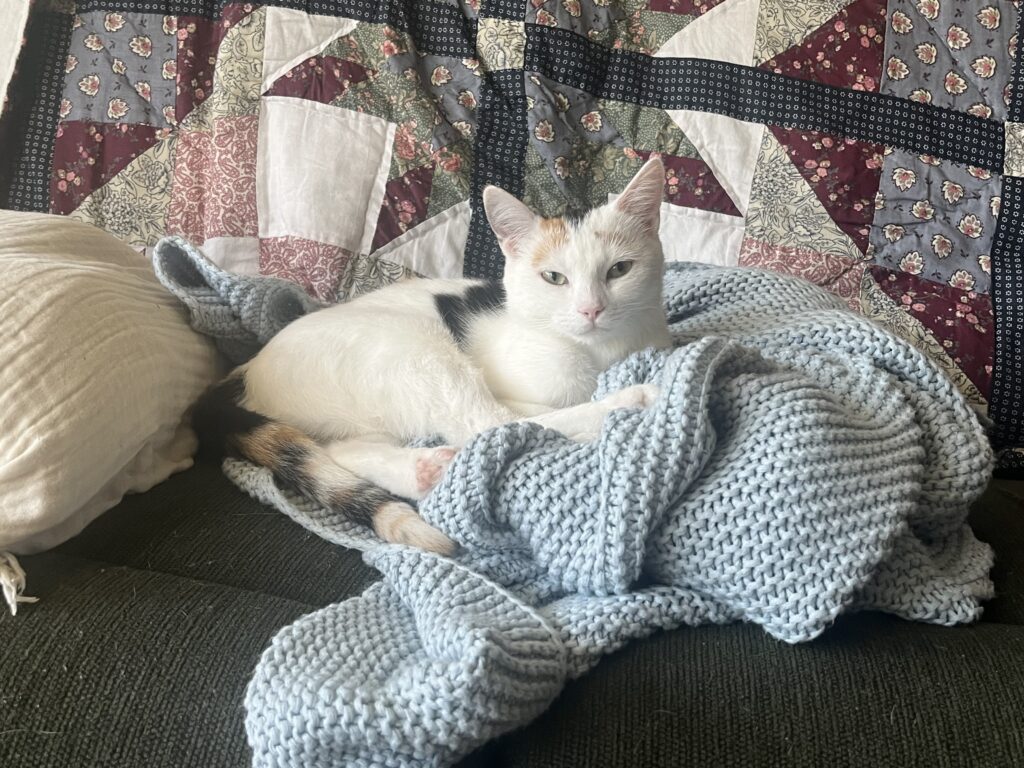
Listen to the whole story here:
Canadian pet owners facing high expenses could see a shift in access to cheaper medications, as the country’s competition bureau released a report Oct. 30 recommending pharmacies across Canada receive mandated access to pet medications.
According to the bureau, making the recommendation a reality will take time — and changing pharmaceutical distribution is legislated at the provincial level.
“There is a clear opportunity in Canada for competition to reduce costs to the pet health system, allow entry to the market for practitioners who are highly trained, and empower pet owners with more consumer choice,” states the report.
Getting started on the legislation process sooner rather than later is a goal, the bureau says, so Canadians see a change in how they pay for their pet.
Canadians spent approximately $9.3 billion on veterinarian services in 2022-23, according to a December 2023 report from the Canadian Veterinary Medical Association.
For one Toronto pet owner, the average cost of caring for a cat and a frog is around $40 per month. But Olivia Pedrech, a second-year graphic communication management student at TMU, says the real kicker comes from pet check-ups, which cost her $250 on average.
Pedrech says she has to budget her lifestyle expenses in order to prepare for a check-up, or a vet emergency down the line.
“I always try and put more money into my animals than for myself,” said Pedrech.
Sixty per cent of Canadian households reported owning at least one cat or dog, according to a 2022 survey conducted by the Canadian Animal Health Institute — an indication that pet expenses affect a large population of the country.
According to the Toronto Humane Society, there’s a high likelihood owners may wind up surrendering their pets, as a result of multiple factors that affect their ability to take care of an animal.
“We do see pet surrenders related to financial difficulties, particularly with increased living costs,” said Lauralee Dorst, the society’s director of community animal welfare, in an email statement to On The Record.
“If pet medications become more affordable, this could certainly help reduce one of the financial pressures that lead guardians to surrender their pets,” said Dorst.
“Who’s going to complain about prices going down for once?” said Adam Silvertown, founder of Pace Pharmacy in East York.
“Once pharmacies en masse have access, access will be improved for pet owners all over and also their owner prices will come down,” Silvertown said.
“By preventing market access for pharmacists, these measures can contribute to higher pet medication prices, reduced convenience for pet owners, and constraints on consumer choice,” said the bureau’s report.
As a bonus, Pedrech says the potential change would make doing pick-ups easier.
“I have my own medications I have to pick up regularly, so if I did need a prescription for my animal, doing both in one go is so convenient,” she said.
While pharmacists are legally allowed to buy and dispense prescription medications – including animal medications — veterinarians own the supply chain and make it difficult for external parties to purchase pet medications, Silvertown said.
“The costs are pretty high through a veterinarian, and there are some big substantial and sometimes extensive markups put on medications that are charged through a veterinarian,” he said.
Pedrech says she agrees there is an upcharge and that the implementation of the competition bureau’s recommendation could change how pet owners pay for medications.
“I think it would keep the costs consistent, which would be amazing because different vets will charge different costs for the same product, which can be frustrating for the pet owner,” she said.
This article may have been created with the use of AI tools such as Google Docs, Grammarly, and/or Otter.ai for transcription.

